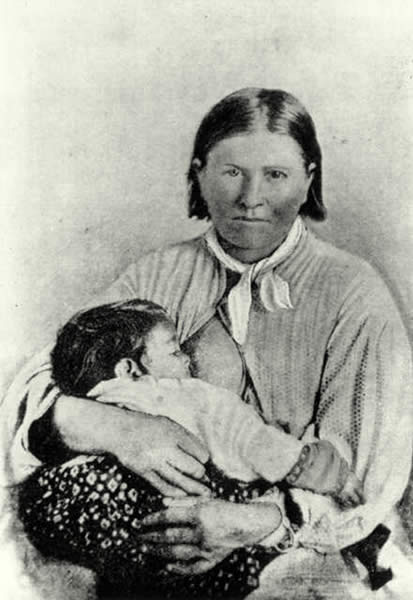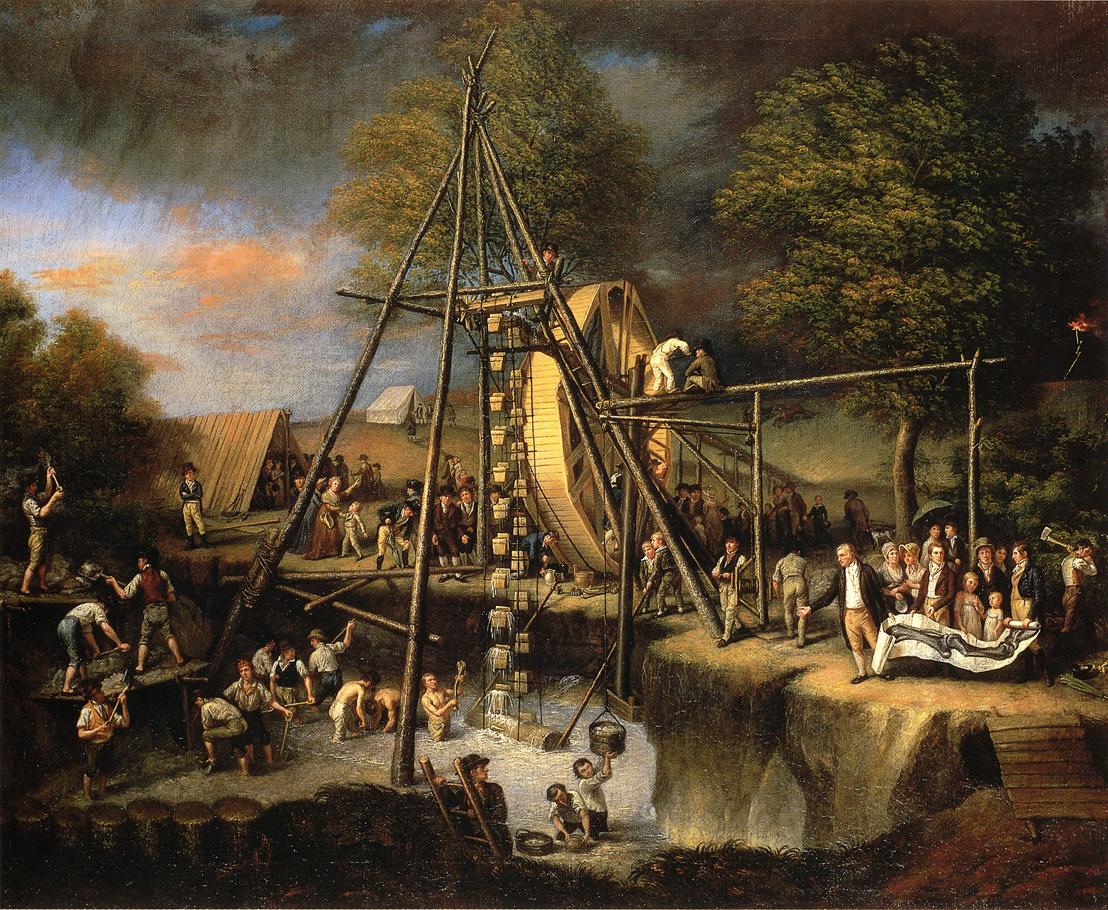|
Crosby County
Crosby County is a county located in the U.S. state of Texas. As of the 2020 census, its population was 5,133. The county seat is Crosbyton. The county was founded in 1876 and later organized in 1886. Both the county and its seat are named for Stephen Crosby, a land commissioner in Texas. Crosby County, along with Lubbock and Lynn Counties, is part of the Lubbock Metropolitan Statistical Area (MSA). The Lubbock MSA and Levelland Micropolitan Statistical Area (µSA), encompassing only Hockley County, form the larger Lubbock–Levelland Combined Statistical Area. Until the passage of a referendum to permit liquor sales, held on May 11, 2013, Crosby County had been one of 19 remaining prohibition or entirely dry counties within Texas. That same day, voters in Denver City and Yoakum County also approved separate referendums to permit liquor sales. The number of prohibition counties in Texas at that time hence dropped to 17. Part of the large Matador Ranch of West Texas extend ... [...More Info...] [...Related Items...] OR: [Wikipedia] [Google] [Baidu] |
Stephen Crosby
Stephen Crosby (1808–1869) was an American politician. He served as the commissioner of the General Land Office for Texas in the 1850s and 1860s. He is the namesake of Crosby County, Texas. Early life Stephen Crosby was born in 1808 in South Carolina. Career Crosby worked on a steamboat on the Alabama River in the 1830s. He moved to Texas in 1840 and joined the Democratic Party. In 1851, he was elected as a commissioner of the General Land Office for Texas. He served in this capacity until 1858. He ran again as a member of the Know Nothing Party, but he lost the election. Nevertheless, he served again as Commissioner as a Democrat until he was dismissed in 1867. Personal life Crosby married Eliza Green. They had a son, Charles Adolphus Crosby. They resided in Austin, Texas. Death Crosby died of laudanum overdose on August 5, 1869 in Austin, Texas. Crosby County, Texas was named in his honor. References External linksCrosby, Stephen 1808-1869on WorldCat WorldCa ... [...More Info...] [...Related Items...] OR: [Wikipedia] [Google] [Baidu] |
Yoakum County, Texas
Yoakum County is a county located in the far western portion of the U.S. state of Texas. As of the 2020 census, the population was 7,694. Its county seat is Plains. The county was created in 1876 and later organized in 1907. It is named for Henderson King Yoakum, a Texas historian. Until the passage of a liquor sales referendum held on May 11, 2013, Yoakum had been one of 19 remaining prohibition or entirely dry counties within the state of Texas. Voters in Denver City also approved a separate referendum to permit liquor sales within that community. In 1965, Recorded Texas Historic Landmark number 5927 was placed at the county courthouse, acknowledging the creation of the county in 1876. Until after 1900, the county contained primarily nomadic buffalo hunters and a few scattered ranchers. Yoakum County was organized in 1907, and the population increased to 602 because of the sale of state land deeds. History Native Americans Early tribes included Suma-Jumano, Comanche, ... [...More Info...] [...Related Items...] OR: [Wikipedia] [Google] [Baidu] |
Battle Of Blanco Canyon
The Battle of Blanco Canyon was the decisive battle of Col. Ranald S. Mackenzie's initial campaign against the Comanche in West Texas, and marked the first time the Comanches had been attacked in the heart of their homeland. It was also the first time a large military force explored the heart of Comancheria. On 12 August 1871 Mackenzie and Colonel Benjamin Grierson were asked by Indian Agent Lawrie Tatum to begin an expedition against the Kotsoteka and Quahadi Comanche bands, both of whom had refused to relocate onto a reservation after the Warren Wagon Train Raid. Col. Mackenzie assembled a powerful force consisting of eight companies of the Fourth United States Cavalry, two companies of the Eleventh Infantry, and a group of twenty Tonkawa scouts. Onset of the Campaign New evidence in "West Texas Historical Review" Vol. XCI 2015 by Todd Smith and Paul Carlson shows the battle occurred in Southeastern Crosby County about seven miles east of the suspected site. The force asse ... [...More Info...] [...Related Items...] OR: [Wikipedia] [Google] [Baidu] |
Quanah Parker
Quanah Parker (Comanche ''kwana'', "smell, odor") ( – February 23, 1911) was a war leader of the Kwahadi ("Antelope") band of the Comanche Nation. He was likely born into the Nokoni ("Wanderers") band of Tabby-nocca and grew up among the Kwahadis, the son of Kwahadi Comanche chief Peta Nocona and Cynthia Ann Parker, an Anglo-American who had been abducted as a nine-year-old child and assimilated into the Nokoni tribe. Following the apprehension of several Kiowa chiefs in 1871, Quanah Parker emerged as a dominant figure in the Red River War, clashing repeatedly with Colonel Ranald S. Mackenzie. With European-Americans hunting American bison, the Comanches' primary sustenance, into near extinction, Quanah Parker eventually surrendered and peaceably led the Kwahadi to the reservation at Fort Sill, Oklahoma. Quanah Parker was never elected chief by his people but was appointed by the federal government as principal chief of the entire Comanche Nation. He became a primary emissa ... [...More Info...] [...Related Items...] OR: [Wikipedia] [Google] [Baidu] |
Ranald S
Ranald is an English Hanks; Hodges 2006 pp. 407–408; Hanks; Hodges 2003; Hanks; Hodges 1997 pp. 204, 205. and Scots masculine given name. It is an Anglicised form of the Scottish Gaelic name ''Raghnall''. A short form of ''Ranald'' is ''Ran''. Hanks; Hodges 2003; Hanks; Hodges 1997 p. 205. Notable persons *Ranald Graham (1941–2010), Scottish writer, television director and producer *Ranald Leask, British journalist *Ranald MacDonald (bishop) (1756–1832), Scottish Roman Catholic bishop *Ranald George Macdonald (1788–1873), Scottish clan chief and Member of British Parliament *Ranald MacDonald (1824–1894), English language teacher in Japan *Ranald Roderick Macdonald (1945–2007), British mathematician and psychologist *Ranald MacDougall (1915–1973), American screenwriter *Ranald S. Mackenzie (1840–1889), United States Army officer and general during the Civil War *Ranald Sutherland, Lord Sutherland (born 1932), Scottish judge Fictional characters *R ... [...More Info...] [...Related Items...] OR: [Wikipedia] [Google] [Baidu] |
Comanche
The Comanche or Nʉmʉnʉʉ ( com, Nʉmʉnʉʉ, "the people") are a Native American tribe from the Southern Plains of the present-day United States. Comanche people today belong to the federally recognized Comanche Nation, headquartered in Lawton, Oklahoma. The Comanche language is a Numic language of the Uto-Aztecan family. Originally, it was a Shoshoni dialect, but diverged and became a separate language. The Comanche were once part of the Shoshone people of the Great Basin. In the 18th and 19th centuries, Comanche lived in most of present-day northwestern Texas and adjacent areas in eastern New Mexico, southeastern Colorado, southwestern Kansas, and western Oklahoma. Spanish colonists and later Mexicans called their historical territory ''Comanchería''. During the 18th and 19th centuries, Comanche practiced a nomadic horse culture and hunted, particularly bison. They traded with neighboring Native American peoples, and Spanish, French, and American colonists and set ... [...More Info...] [...Related Items...] OR: [Wikipedia] [Google] [Baidu] |
Megatherium
''Megatherium'' ( ; from Greek () 'great' + () 'beast') is an extinct genus of ground sloths endemic to South America that lived from the Early Pliocene through the end of the Pleistocene. It is best known for the elephant-sized type species ''M. americanum'', sometimes called the giant ground sloth, or the megathere, native to the Pampas through southern Bolivia during the Pleistocene. Various other smaller species belonging to the subgenus ''Pseudomegatherium'' are known from the Andes. ''Megatherium'' is part of the sloth family Megatheriidae, which also includes the similarly giant ''Eremotherium'', comparable in size to ''M. americanum,'' which was native to tropical South America, Central America and North America as far north as the southern United States. Only a few other land mammals equaled or exceeded ''M. americanum'' in size, such as large proboscideans (e.g., elephants) and the giant rhinoceros ''Paraceratherium''. ''Megatherium'' was first discovered in 1788 on ... [...More Info...] [...Related Items...] OR: [Wikipedia] [Google] [Baidu] |
Smilodon
''Smilodon'' is a genus of the extinct machairodont subfamily of the felids. It is one of the most famous prehistoric mammals and the best known saber-toothed cat. Although commonly known as the saber-toothed tiger, it was not closely related to the tiger or other modern cats. ''Smilodon'' lived in the Americas during the Pleistocene epoch (2.5 Year#mya, mya – 10,000 years ago). The genus was named in 1842 based on fossils from Brazil; the generic name means "scalpel" or "two-edged knife" combined with "tooth". Three species are recognized today: ''S. gracilis'', ''S. fatalis'', and ''S. populator''. The two latter species were probably descended from ''S. gracilis'', which itself probably evolved from ''Megantereon''. The hundreds of individuals obtained from the La Brea Tar Pits in Los Angeles constitute the largest collection of ''Smilodon'' fossils. Overall, ''Smilodon'' was more robustly built than any Neontology, extant cat, with particularly well-d ... [...More Info...] [...Related Items...] OR: [Wikipedia] [Google] [Baidu] |
Mastodon
A mastodon ( 'breast' + 'tooth') is any proboscidean belonging to the extinct genus ''Mammut'' (family Mammutidae). Mastodons inhabited North and Central America during the late Miocene or late Pliocene up to their extinction at the end of the Pleistocene 10,000 to 11,000 years ago. They lived in herds and were predominantly forest-dwelling animals. They generally had a browsing diet, distinct from that of the contemporary Columbian mammoth, which tended towards grazing. ''M. americanum'', the American mastodon, and ''M. pacificus'', the Pacific mastodon, are the youngest and best-known species of the genus. Mastodons disappeared from North America as part of a mass extinction of most of the Pleistocene megafauna, widely believed to have been caused by a combination of climate changes at the end of the Pleistocene and overexploitation by Paleo-Indians. History A Dutch tenant farmer found the first recorded remnant of ''Mammut'', a tooth some in weight, in the village of ... [...More Info...] [...Related Items...] OR: [Wikipedia] [Google] [Baidu] |
Mammoth
A mammoth is any species of the extinct elephantid genus ''Mammuthus'', one of the many genera that make up the order of trunked mammals called proboscideans. The various species of mammoth were commonly equipped with long, curved tusks and, in northern species, a covering of long hair. They lived from the Pliocene epoch (from around 5 million years ago) into the Holocene at about 4,000 years ago, and various species existed in Africa, Europe, Asia, and North America. They were members of the family Elephantidae, which also contains the two genera of modern elephants and their ancestors. Mammoths are more closely related to living Asian elephants than African elephants. The oldest representative of ''Mammuthus'', the South African mammoth (''M. subplanifrons''), appeared around 5 million years ago during the early Pliocene in what is now southern and eastern Africa. Descendant species of these mammoths moved north and continued to propagate into numerous subsequent spe ... [...More Info...] [...Related Items...] OR: [Wikipedia] [Google] [Baidu] |
Hunter-gatherers
A traditional hunter-gatherer or forager is a human living an ancestrally derived lifestyle in which most or all food is obtained by foraging, that is, by gathering food from local sources, especially edible wild plants but also insects, fungi, honey, or anything safe to eat, and/or by hunting game (pursuing and/or trapping and killing wild animals, including catching fish), roughly as most animal omnivores do. Hunter-gatherer societies stand in contrast to the more sedentary agricultural societies, which rely mainly on cultivating crops and raising domesticated animals for food production, although the boundaries between the two ways of living are not completely distinct. Hunting and gathering was humanity's original and most enduring successful competitive adaptation in the natural world, occupying at least 90 percent of human history. Following the invention of agriculture, hunter-gatherers who did not change were displaced or conquered by farming or pastoralist groups ... [...More Info...] [...Related Items...] OR: [Wikipedia] [Google] [Baidu] |





